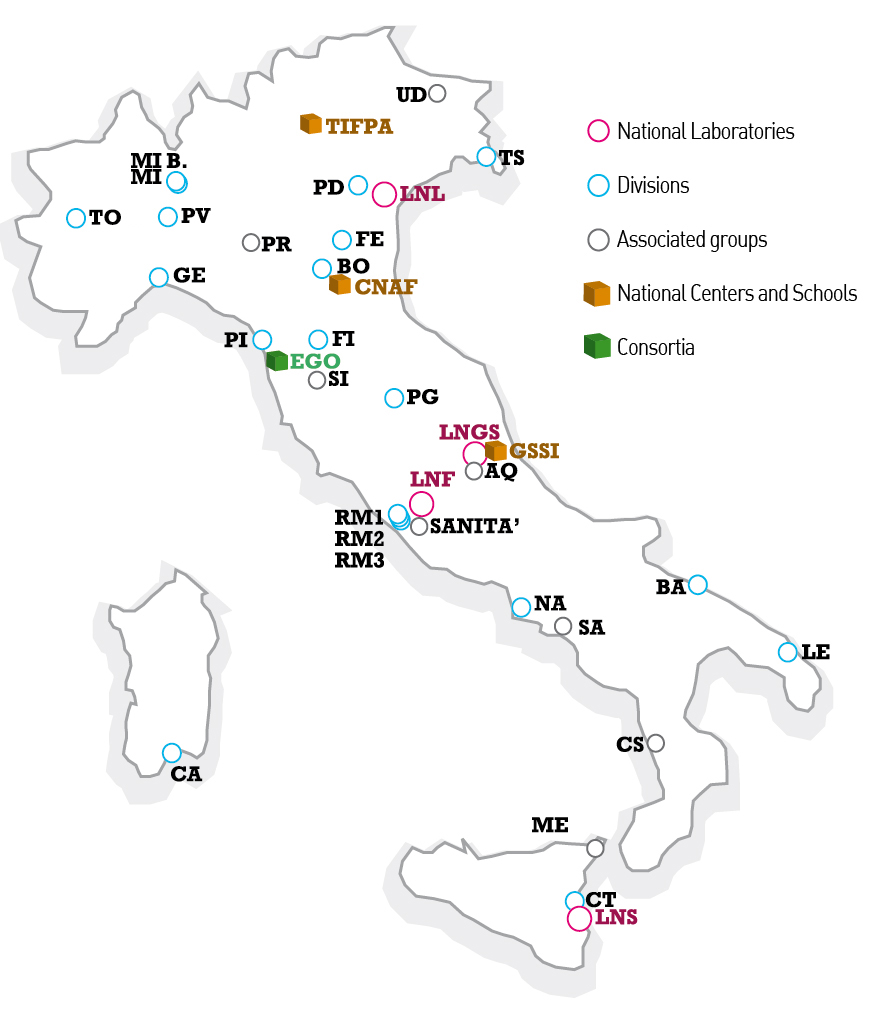Abstract
The project Precision Studies of Fundamental Interactions focuses on the phenomenology of elementary particle physics at present experiments such as the Large Hadron Collider (LHC), B-factories, neutrino oscillation experiments, and at future facilities. The main aims of the project are precision tests of the Standard Model (SM) and indirect searches for New Physics (NP): improved SM predictions allow for a stringent comparison with the experimental data and increase the significance of possible tensions; on the other hand, an interpretation of the latter requires either an effective field theory (EFT) formalism, or the construction of explicit NP models.
In order to achieve these aims, the project develops into four main research lines, pursued in a synergic effort by the involved Research Units, with precision physics being the common thread among them.
1. Precision tests of the Standard Model at colliders are pursued by means of state-of-the-art theoretical calculations for collider observables, which are able to shed light on the properties of the Higgs and gauge bosons, as well as of hadronic final states, such as jets. This activity requires the development of advanced techniques for the evaluation of fixed-order corrections and the resummation to all orders of entire classes of perturbative contributions, employing analytical and numerical methods.
2. The knowledge of the proton structure in terms of parton distribution functions (PDFs), including QCD and electroweak (EW) corrections and their uncertainties, is a primary ingredient for the prediction of any observable at hadron colliders. Modern techniques, also based on Machine Learning, are bringing a new perspective to the fundamental description of hadrons. Furthermore, the framework of parton distribution functions can be also applied to high-energy lepton colliders and theoretical developments in this direction will be crucial for precision physics at future e+e- machines.
3. The analysis of rare decays of the heavy quark flavours and the determination of the CKM matrix elements are at the core of the flavour-physics studies and aim at constraining the extensions of the SM, or at identifying possible NP signals, such as the anomalies in semileptonic B decays.
4. Finally, the formulation of SM extensions, either exploiting EFTs or specific models, is crucial to investigate the open questions related to Dark Matter, the strong-CP problem and the precise phenomenology of the neutrino sector.
